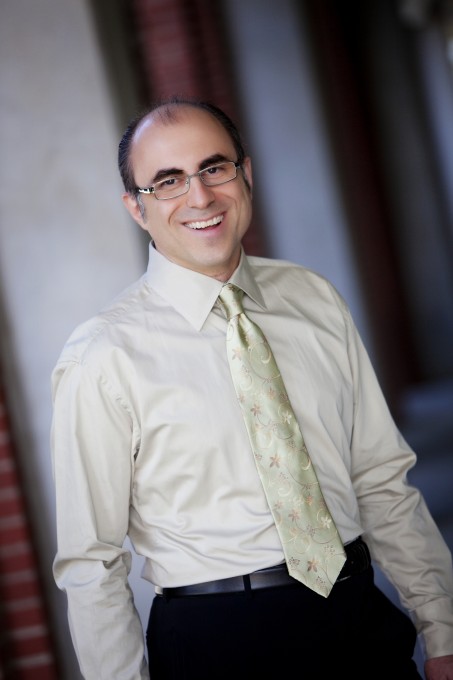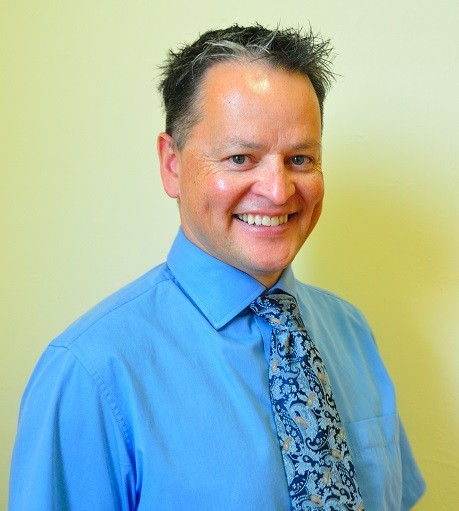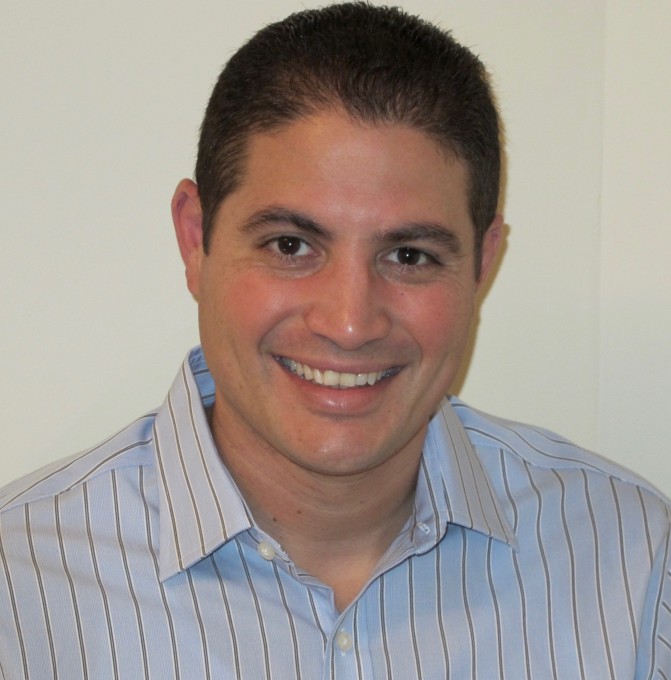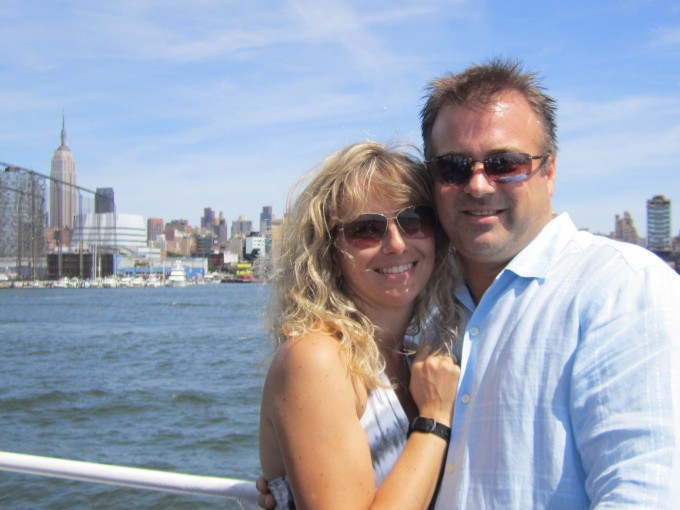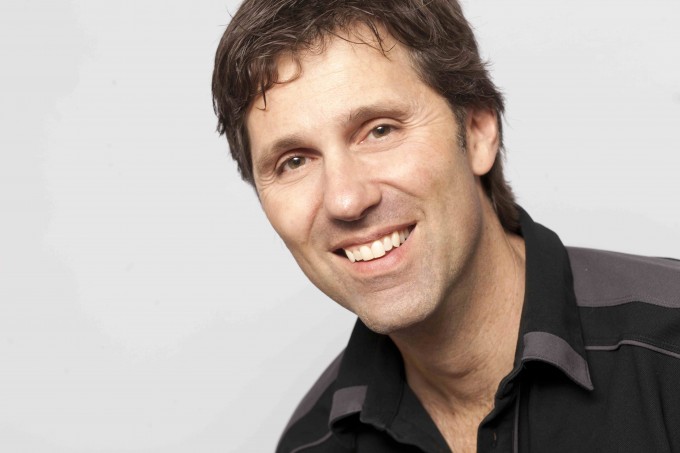sirona all-on-implants
If you've ever done a denture conversion to an implant-supported, screw-retained provisional prosthesis after the implant surgery, you know how messy and time-consuming it can be. So I was thinking: If we are capable of very accurate implant placement, then we should know exactly where our implants are going to be placed. And if we know that, then we should also know precisely where the prosthesis should attach, right? So what's stopping us from having a pre-made, implant-supported prosthesis instead of having to convert a windowed surgical denture? Well, as it turns out, the answer to that question is that nothing is stopping us except a little ingenuity and effort.
For the last few weeks, I've been working on an All-on-xxxx solution within the Sirona system. I must give a deserving shout-out to my lab partner on the following case, Brad Diver of Champion Ceramics Studio, for doing all the InLab design work and milling of the interim prosthesis. I also want to thank Jay Black from Winter Springs Dental Lab for all of his guidance through this process and for helping us create some clever work-arounds. Lastly, thank you to all my surgical mentors who encouraged me to take on my first All-on-xxxx surgery.










Ross,
Great photography and documentation! With all the pre planning and the reduction guides, did you find that this significantly decreased your surgery time?
Super great workflow and technique Ross! How far off was the surgical position from the prefabricated prosthesis? In other words, what refinements were needed?
J
Great workflow Ross. Now you need to give a detailed step-by-step so others can follow in your footsteps.
Farhad
Nice work Ross, same question as Jeremy, how off was the temporary? How did you use the jig? Was to refine implant position during the surgery or transfer to the model to refine the prosthesis?
And the bar goes up again!! Thanks Ross Great case. I have to agree with Farhad ( dangerous I know) A more detailed workflow would certainly help me at least. I have a similar case I am planning and this is something I am wishing I could provide for the patient
@Bruce - Guided almost always decreases the surgical time, but because this case needed a fair amount of bone reduction and required a huge flap anyway, I'd honestly say it was minimal surgical time savings vs. freehand. Predictability of placement thanks to the guide was a whole different story, though. Much more predictable with a guide because there were so few landmarks. But the real time and effort savings came with the pre-made prosthesis. A denture conversion requires a post-surgery impression (which has to be poured with analogs) and usually takes the lab a couple hours. This pick-up reline on the temporary cylinders only took about 30 min. That's a huge amount of chairtime savings vs. the analog method.
@Jeremy & Rodrigo - The prosthesis was very close but certainly not perfect. There are almost always intra-op adjustments to implant positions and, while guided surgery is very accurate, it's not perfect...especially with the second guide that was only being stabilized by the guided mounts from the back two implants. Still, I was impressed with the accuracy and it took minimal effort to open up the screw access channels and allow the prosthesis to fully seat. The opposing jig we made helped tremendously as well.
@Farhad & Jim - I can definitely show a more detailed step-by-step workflow, but you'll have to wait a few weeks. Brad and I are presenting this case at the InLab Summit in St. Louis, so I'll be unveiling the nuances there. Suffice it to say that there are a huge number of work-arounds that were needed to pull this off, so please don't anyone get the impression that you can do just any All-on-xxxx case with CG2 and an InLab pre-milled prosthesis. I wish it were only that easy!
Wow, this is great stuff Ross!! Do you take the in surgical photos or is someone doing that for you?
@Gregory - I didn't extract them because I was worn out toward the end of that procedure! But if you'd prefer a dental answer, the reason to keep #31 was to maintain the vertical, provide some proprioception on a patient who went from dentate to full-arch implants in one day, and give stability to the occusal jig I made for seating the prosthesis. I'll remove the two remaining teeth next week.
@Anthony - My assistant or I take the photos, but it's usually me. She's better than I am at retracting.![]()
On 4/5/2017 at 8:20 am, Ross Enfinger said...@Gregory - I didn't extract them because I was worn out toward the end of that procedure! But if you'd prefer a dental answer, the reason to keep #31 was to maintain the vertical, provide some proprioception on a patient who went from dentate to full-arch implants in one day, and give stability to the occusal jig I made for seating the prosthesis. I'll remove the two remaining teeth next week.
@Anthony - My assistant or I take the photos, but it's usually me. She's better than I am at retracting.
I love the honest answer. Beautiful work and documentation as usual Ross.
Here is a more detailed explanation of our all-Sirona workflow to create a pre-milled full arch implant prosthesis and a fully guided All-on-xxxx surgery.
Pre-op planning:


Ortho scans are then sent to InLab for virtual wax-up:

Wax-up is sent back to me as an .ssi file for cadcam integrated implant planning:

I create .cmgdxd design and send it back to the lab, who then does virtual extractions, bone reduction, and CG2 design and printing:



Printed guides and mounted models are then delivered to me to perform the model surgery and analog insertion:



Next, the lab designs the interim prosthesis on Medentika (straight) and Nobel (angled) multi-unit abutments:







From there, I complete the step-wise extractions, bone reduction, and guided implant placement using two CG2s to maximize stability:





Last, I seat and reline the pre-made implant prosthesis onto temporary cylinders:


Wow. Amazing Ross! Trying to wrap my head around all of it. Thank you for sharing all the details.
Great work! Looking forward to seeing you at DS World!
Dan
Dang!!!! I love this. Gorgeous work and documentation.
So this might be a silly question, but you milled out the temporary/ acrylic denture? Was it a two piece? Teeth in white and base in pink? Or was it one piece that you added color to??
At some point, printing these might be an option too if we don't have the 5-axis mill? At least for the temporary prosthesis...
I would love to do this all digitally. It seems like it would definitely save so much time on surgery day!
Incredible work Ross. Based on your ratios, it looks like you can cantilever this back almost to the second molars. Is the plan to extract that last molar and go that far back in the final?
@Kristine - the screw-retained provisional was milled out of Harvest PMMA and layered with Gradia pink composite at the lab. After chairside pick-up on the temp cylinders, I then layered Cosmedent pink and embedded a reinforcement wire into the lingual aspect. Your point about making this entirely digital is spot on and that is the ultimate goal. I'd love to leapfrog the current requirement of printing models and doing model surgery to be able to process the pre-made temp. We should be able to go directly from Galileos planning straight into InLab to design the provisional, without needing the physical models, analogs, and scanbodies.
@Daniel - the plan is only to go to first molar, but I wanted to demonstrate the importance of pre-planning the A-P spread and potential cantilever limitations.
FWIW, the 1.5x cantilever "rule" for the mandible is just a guide and I don't think was ever proven by scientific studies.
Great job Ross.
Mike
Great case!
I'd love to learn the details of the conversion part.
That's been the biggest hindrance to more of my referring dentists. They just get intimidated by the prosthetic part.
The bone reduction guide has been difficult with the Galileos software (there isn't a way as yet). So you decided how much bone you wanted to take away, saved some teeth to support the initial guide for bone reduction, and made a second guide from the altered model for the actual implant placement?
That's a very reasonable workaround, but I do some completely edentulous cases as well. What would you do for those cases?
On 7/17/2017 at 4:34 am, Douglas Smail, OMFS said...Great case!
I'd love to learn the details of the conversion part.
That's been the biggest hindrance to more of my referring dentists. They just get intimidated by the prosthetic part.
Understandably, as the conversion is the worst part of the process for the restorative dentist. That's why I was willing to put so much effort in on the front end to fab a pre-made screw restrained implant prosthesis instead of the typical window denture. The temp cylinder pickup truly only consisted of injecting some Bisacryl into the channels. Took maybe 20 minutes to finish.
The bone reduction guide has been difficult with the Galileos software (there isn't a way as yet). So you decided how much bone you wanted to take away, saved some teeth to support the initial guide for bone reduction, and made a second guide from the altered model for the actual implant placement?
Actually, both CG2s were made from the first dentate digital model . My lab tech just had to set up two cases, with the first one only virtually extracting the premolars (keeping the anterior stop) and the second virtually extracting the remaining teeth.
That's a very reasonable workaround, but I do some completely edentulous cases as well. What would you do for those cases?
Unfortunately, the only current fully edentulous option is Classic Guide with fixation pins. Unless you place temporary implants as you have previously shown in your posts.
Really nice job, I just think to do that last week (received my form lab 2 weeks ago and got my MCX5 working last week!)... but my next case is in august.
I'd like to know what do you use for the pink acrylic, is it bond to pmma? Thank for sharing, I will follow your step...
Danny
On 7/17/2017 at 6:56 pm, Danny Mcneil said...Really nice job, I just think to do that last week (received my form lab 2 weeks ago and got my MCX5 working last week!)... but my next case is in august.
I'd like to know what do you use for the pink acrylic, is it bond to pmma? Thank for sharing, I will follow your step...
Danny
I use SR Connect by Ivoclar to bond composite and/or Bisacryl to PMMA. It's the only one I'm familiar with but I'm sure there are other similar products out there.
Here is a quick update on this case for those interested. The upper implants are in and we're focused on the final lower prosthesis. Originally, I was considering zirconia but ultimately opted to go to a high strength resin/fiberglass framework and individual e.max crowns over top. The Trinia framework was designed full-contour in InLab, split into a framework/prep design, framework milled on MCX5, and emax crowns designed and milled in Chairside/MCXL. I still need to layer the pink gingival composite, but here's the concept...

WOW! This is how the "big boys' do it! Looks amazing!
Love to see you guys posting these trailblazing cases.






